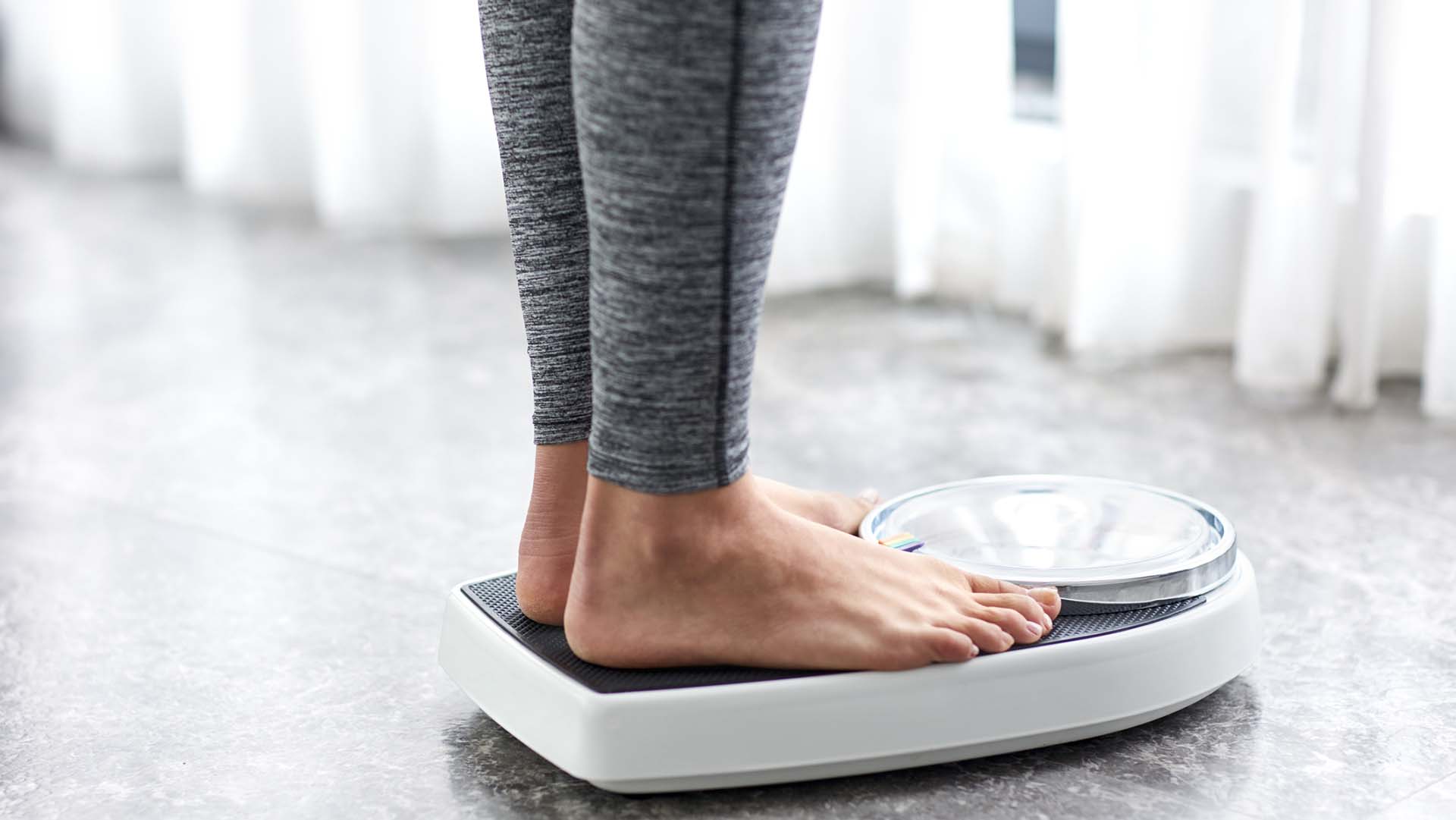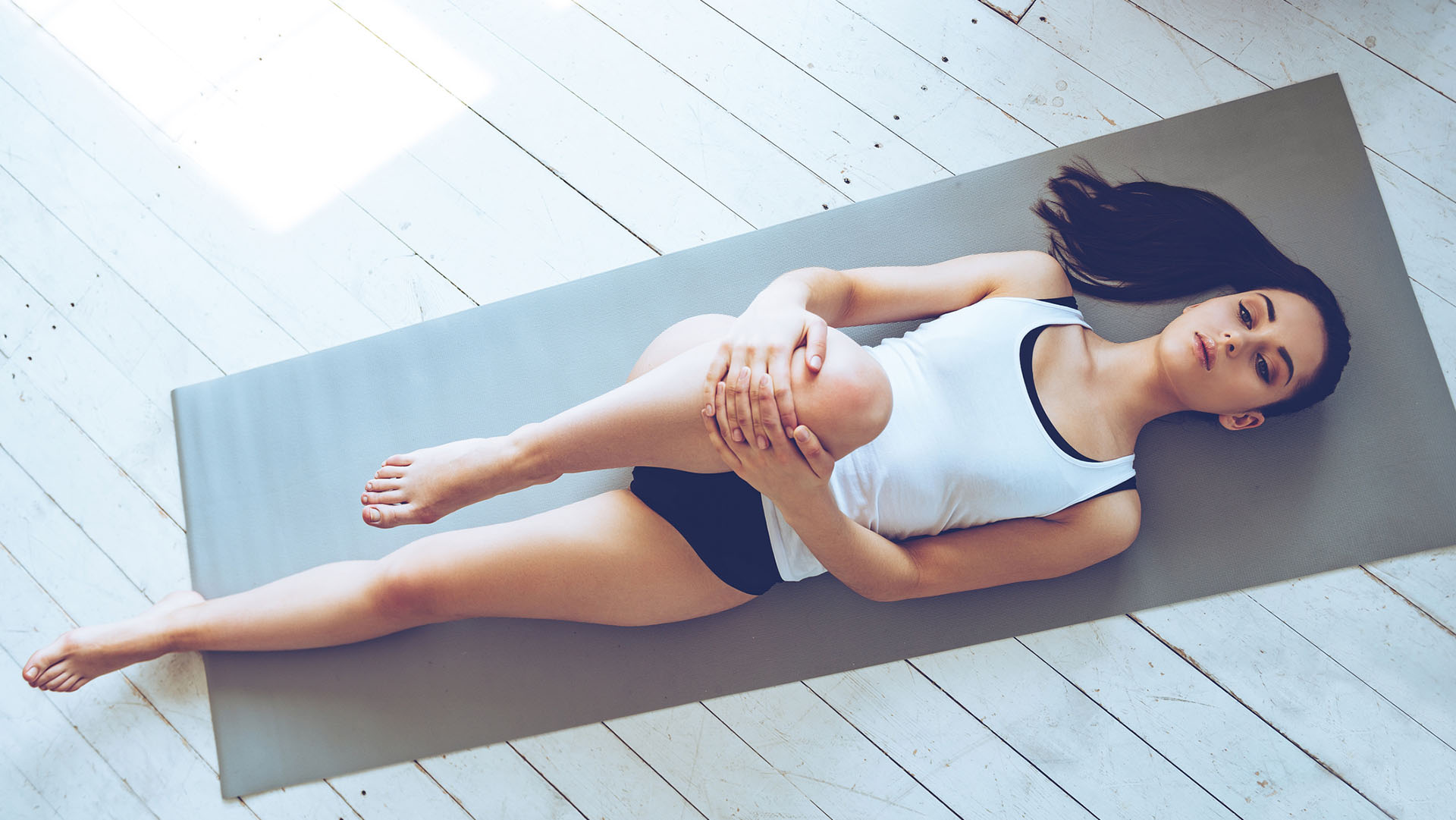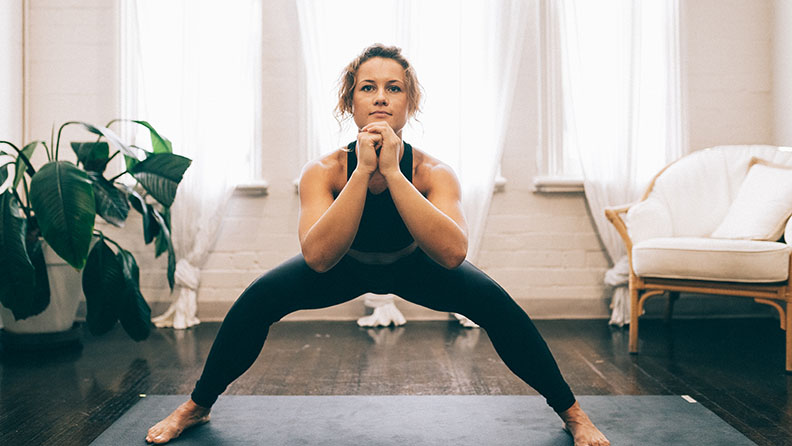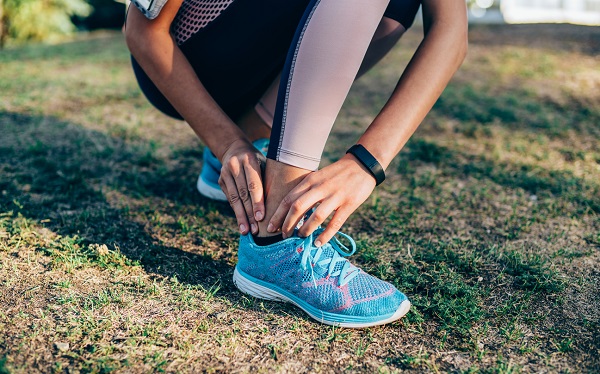-
Why doesn't body weight tell us the whole story?
Stepping on a body weight scale simply tells us the combined weight of all our body’s tissues. That weight may fluctuate throughout the day depending on the time of day, hydration status, if we have eaten, or what we are wearing.
In contrast, body composition reveals the relative proportions of fat and lean mass in the body. Fat mass consist of two types of fat: essential and nonessential fat. The second component of body composition, lean mass, refers to bones, tissues, organs and muscle.
Our body composition is a combination of our genetics and the environment we live in. You cannot change your genetics (blame your parents!) but you can do many lifestyle changes to improve your body composition.
Following a healthy meal plan, exercising regularly doing activities you enjoy such as walking, cycling, swimming or yoga will not only improve your body composition but also give you a sense of wellbeing.
How do you measure body composition?
The most useful metrics to measure are fat mass and lean mass, as these are able to be changed through dietary and exercise interventions.
- Essential fat is the minimal amount of fat necessary for normal physiological function. For males and females, essential fat values are typically considered to be 2-5% and 10-13%, respectively.
- Non-essential fat refers to fat above the minimal amount. It is generally accepted that a range of 10-22% for men and 20-32% for women is considered normal for good health.
A body composition within the recommended range suggests you have less risk of developing obesity-related diseases such as high blood pressure, diabetes, and even some cancers.
"Remember, it is possible for the number on the scale to remain constant, but still experience important changes in fat mass and lean mass."
In addition, although we face risks when our body composition is too high, we face another set of risks when our body composition is too low. When we drop below the minimal recommended levels of essential fat, we negatively affect the delivery of vitamins to the organs, the ability of the reproductive system to function, and overall wellbeing.
Body composition can be estimated through various techniques, from field-based tests requiring only a calculator or tape measure, to advanced tests conducted in a clinical or laboratory setting performed by a trained technician.
Common methods of exploring the level of body fat include body mass index (BMI), waist circumference, sum of skinfold measurements, bioelectrical impedance analysis (BIA), and newer technologies like dual energy x-ray absorptiometry or DXA.
Accredited and trained professionals such as dietitians and exercise physiologists can accurately measure your composition (skinfolds, waist measurements) or refer you to a service provider who can (DXA).
What DIY checks can you do at home?
Two techniques that do not assess body composition but can be useful to track your progress are BMI and waist circumference.
BMI
BMI is used to assess weight relative to height and is calculated by dividing weight in kilograms (kg) by height in metres squared (m2). A BMI of 25 or higher is classified as overweight while a BMI of 30 or greater is classified as obese.
While BMI may give an individual a general idea of increased risk for obesity-related health problems, it fails to distinguish the composition of that weight.
Check now using our BMI calculator.
Waist circumference
Your waist circumference provides insight to increased risk of obesity-related illness due to the location of excess fat. Waist circumference can be measured by placing a cloth tape measure around the smallest part of the waist while standing relaxed.
Waist circumference should be at or below 101 cm for men and 88 cm for women. Android obesity, classified as excess weight located in the trunk area, places an individual at greater risk for high blood pressure, metabolic syndrome, type 2 diabetes, and coronary heart disease.
Use our waist to hip ratio calculator.
How can you improve your body composition metrics?
The results from your body composition assessment can be used to identify risks, personalise your exercise program or evaluate how well your current exercise and nutrition program is working for you.
If you find that you are within a healthy range, continue your exercise and dietary routine. If you find that your body composition has room for improvement, take a closer look at what you can do to make positive changes to your current level of activity and diet.
Use more than just the body weight scale to assess body composition. Remember, it is possible for the number on the scale to remain constant but experience important changes in fat mass and lean mass.
Changes in body composition take time and a dedicated effort, but the positive impact on health and quality of life is worth the effort. Participation in regular exercise and physical activity along with a healthy balanced diet are the key to reaching and maintaining a healthy body composition.
What is body composition and why does it matter?

-
Stretches for gym enthusiasts
8 stretches to help you cool down from workouts
-
Stretches for office workers
Stretch out your back and relieve stress
-
Stretches for runners
Stretch your legs, hips and back after a long run
-
How to walk 10,000 steps
Discover how to easily reach your goal of 10,000 steps daily.
-
Everything you need to know about parkrun
Been wondering what a parkrun looks like? Where do you go? What do you do? How do you sign up? Find out here.
-
Five ways to exercise when on a budget
You don’t need to spend money on gym memberships just to meet your fitness goals. Here are five free ways to stay healthy and active when you’re living on a budget.
Subscribe to receive the best from Live Better every week. Healthy recipes, exercise tips and activities, offers and promotions – everything to help you eat, move and feel better.
By clicking sign up I understand and agree to Medibank's privacy policy






